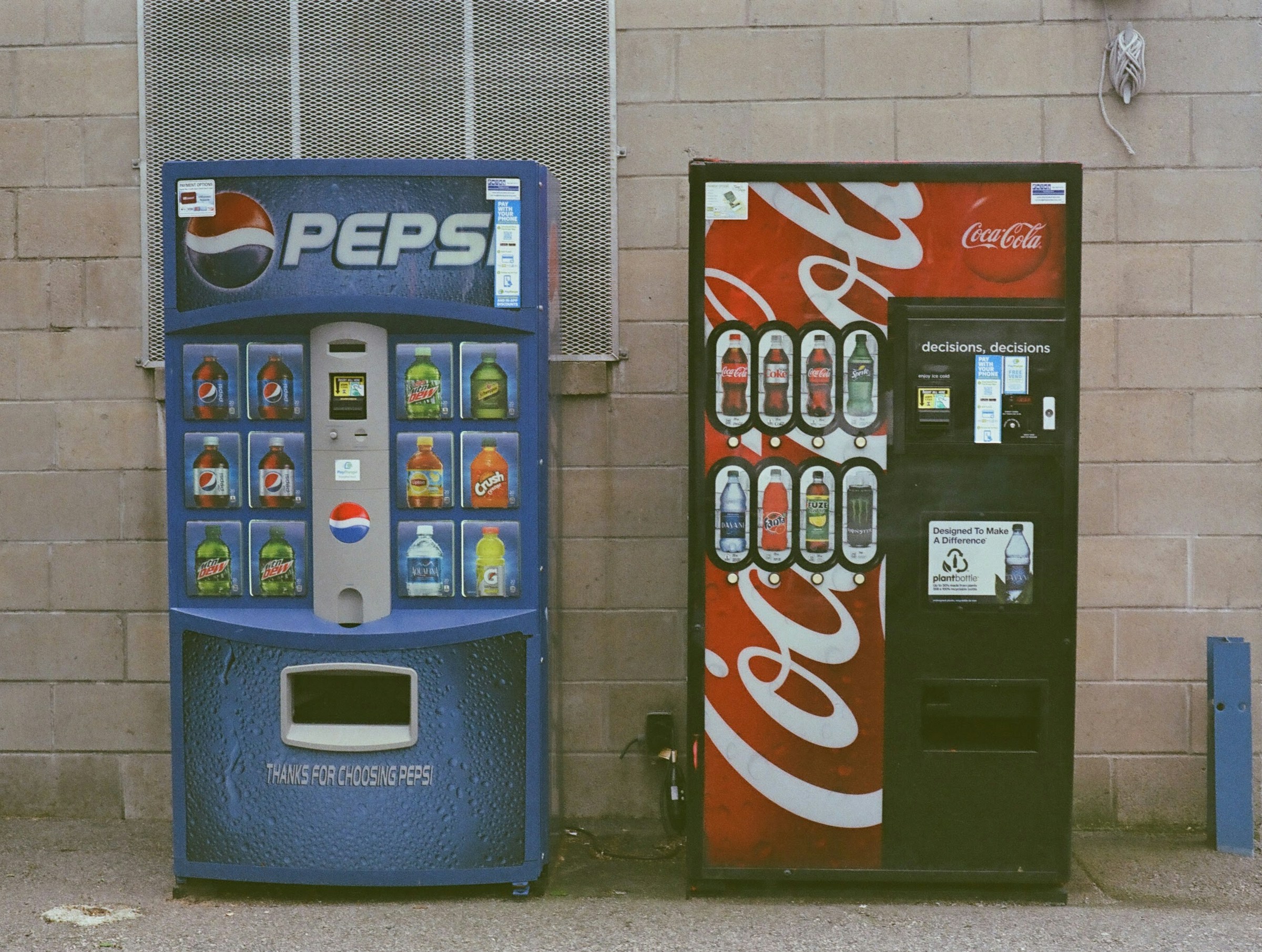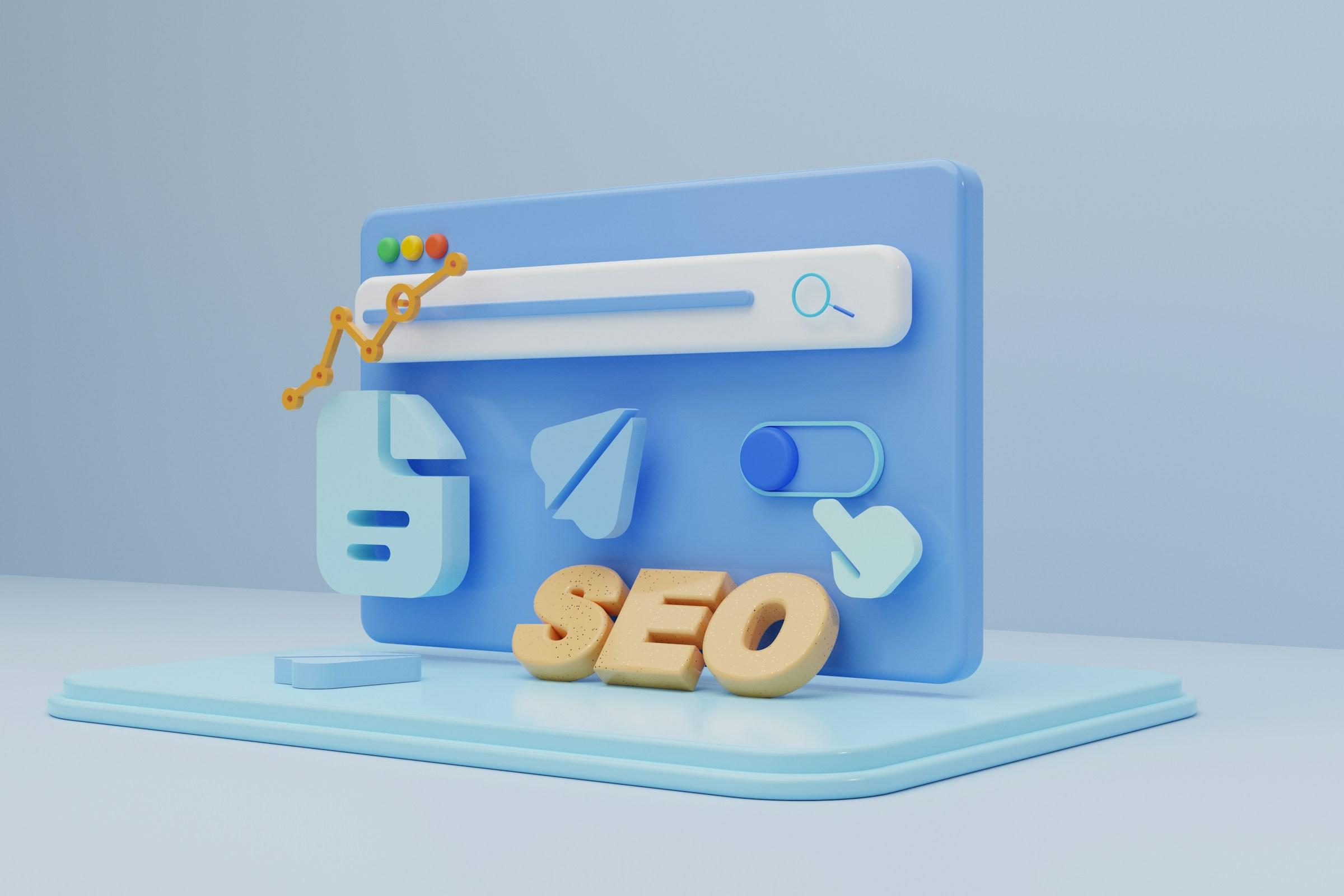Founders often celebrate competition as a source of focus and speed. The idea feels intuitive. A rival moves, your team tightens execution, your roadmap sharpens, and customers see improvements. That story contains real value, yet it also hides a quieter risk that spreads through an organisation over time. Under constant external pressure, teams do not only accelerate. They also distort. Processes that once existed to clarify ownership turn into shortcuts. Roles drift because urgency outruns design. Metrics that seem to sparkle on a dashboard conceal the fact that the system is compensating instead of learning. The longer this state persists, the more it hardens into culture, and culture built on compensation eventually breaks under its own weight.
The earliest signs rarely arrive as dramatic failure. They appear as small incoherences that leaders rationalise away. A product manager takes on a growth partnership because no one else has bandwidth this quarter. An engineer covers weekend incident triage because the support rota is thin and a public outage during a competitor’s launch feels unacceptable. A salesperson promises roadmap items to close a logo, confident that the team will catch up because the market feels impatient. Each choice is understandable when isolated. Together, they form a shadow operating model that runs on heroics, normalises rework, and replaces thoughtful sequence with a field of parallel priorities that compete for the same capacity.
Competitive tension compresses decision cycles, and in that compression two predictable mistakes surface. The first is the substitution of speed for sequence. Instead of designing a clear progression across product, marketing, sales, and delivery, leaders try to do everything at once in the hope of keeping options open. The outcome is a flood of partially owned projects that consume attention without producing compounding results. The second mistake is the confusion of visibility with control. More reviews are added, more standups are scheduled, and more status decks are produced. The calendar looks busy and leadership feels informed, yet the coordination becomes performative. People spend hours aligning on screens while too few hours are spent changing the work that moves outcomes.
Context shapes the expression of these mistakes. In lean teams that pride themselves on precision, the instinct under pressure is to tighten approval loops. In ecosystems where distribution moves quickly, leaders can over-index on relationship wins that stretch delivery beyond its safe limits. In engineering-led cultures, the reflex might be to chase feature parity or feature count, even when enablement and support cannot absorb the pace. The common thread is not the market. It is the reflex to overextend the system rather than redesign it to absorb pressure with less drama.
The first casualty is genuine velocity. Packed calendars create the impression of momentum while the cycle time for meaningful releases expands. Trust erodes next. Competition becomes the easy reason to reshuffle commitments, so teams internalise that plans are provisional and promises can be revised without consequence. Retention takes a quiet hit after that. Strong operators rarely leave because work is hard. They leave when ownership is blurry, rework becomes habitual, and the permission to say no has no clear home. Onboarding slows as new hires struggle to decode how decisions are really made. They copy surface rituals and inherit contradictions. Drag accumulates in places that do not appear in weekly reports.
Commercial quality can deteriorate even as top-line numbers look fine. Discounts, custom terms, and rushed implementations become the default tools to win headline metrics. Revenue grows while margin quality sinks. Satisfaction surveys look stable while the cost to serve those accounts climbs. Pipeline volume increases while conversion quality falls because messaging chases a competitor’s positioning rather than staying grounded in the firm’s own value logic. These are leaks that competition encourages when the operating model does not convert pressure into better design.
Diagnosis does not begin with a new framework. It begins with a hard question that teams often avoid. Who truly owns this outcome, and who merely believes they do. Ownership is not a name beside a task. Ownership is decision rights tied to a result, and accountability for the tradeoffs required to reach that result. Under pressure, decision rights drift upward because leaders try to protect outcomes by holding more choices close. That drift is the seed of system debt. To surface it, look for secondary signals rather than opinions. If you ship frequently, track how often you revert or hotfix after release. If you sell actively, track how many deals depend on non-standard terms or future promises. If you hire quickly, track how many starters ask for role clarifications in their first month. If you support complex products, track how often triage escalates outside the rota. These patterns describe reality with more honesty than a status call.
Breaks do not sit inside one function. They appear in the seams between functions. Product may feel that growth inflates expectations. Growth may feel that sales overcommits. Sales may feel that product is slow or unresponsive to market signals. Support may feel that serviceability receives too little attention during design. Leadership may feel that everyone needs to be tougher. None of these views is malicious. They are the natural output of unclear contracts at the seams. Competition accelerates the blame clock because an external threat feels immediate and identity-salient. When identity feels threatened, people defend lanes rather than repair seams.
Metrics add their own distortion when they reward activity instead of effectiveness. Rival features ship, so teams respond by tracking release counts or experiment counts. These measures are not useless, yet they can hide waste. A better lens is repeatable value creation. Ask how many customers realised the intended value within thirty days, how much rework was necessary to deliver that value, and what the net effect was on support load, renewal likelihood, or expansion. If those answers are weak, the team is not competing. The team is reacting, and reaction borrows from future quarters to soothe the anxiety of this one.
Under pressure, many teams import processes they admire elsewhere. They adopt OKRs, they multiply daily standups, they broaden leadership reviews, and they extend war rooms. Such mechanisms can be useful when they have teeth. They fail when they turn into ceremony without consequence. The clearest tell is when a process generates more artifacts than decisions. Templates are filled, dashboards are submitted, and meetings are attended, yet resources rarely move as a result. That pattern is corrosive because it trains people to perform alignment while leaving misalignment untouched. Another failure mode is cadence that outpaces maturity. Quarterly objectives appear before weekly execution is stable. Post-mortems occur without pre-mortems. Retros repeat the same themes because no one with authority changes the constraints that generate those themes. Competition magnifies the mismatch because leaders cannot slow the game, so they stack more structure on top of unresolved structure.
Repair does not require heroics. It requires design. Start by naming one commercial outcome and one product outcome that truly matter for the next horizon. Define them in terms of user behaviour or cash contribution, not in slogans. Assign exactly one owner to each, write the decision rights that come with ownership, and make those rights public. Decision rights describe what the owner can decline, what resources the owner can reallocate within boundaries, and which tradeoffs the owner is expected to make without permission. Clarity scales better than charisma when pressure rises. Next, tune your cadence to the smallest unit that predicts the outcome. If renewal quality is the target, a weekly unit might be the count of accounts that reached a specific activation milestone. If release reliability is the target, the unit might be mean time to recovery. Build reviews around those units, keep them short, and link each review to a visible resource move. If nothing changes hands, it was a status meeting, not a rhythm that drives outcomes.
Then close the seams with explicit handshakes. Between product and marketing, specify the single narrative to amplify and the one segment to prioritise, along with the exit criteria that trigger a rotation. Between sales and delivery, define what is standard and what is not, who can grant exceptions, and how exceptions are paid for in the plan rather than buried in goodwill. Between support and engineering, codify the thresholds for escalation and the feedback path that turns repeated issues into backlog changes. Teach these handshakes during onboarding and update them before you update slogans when the competitive landscape shifts. Finally, limit concurrent work that competes for the same capacity. If design cannot support five campaigns without lowering quality, run fewer campaigns. If engineering cannot carry two strategic initiatives and incident response without burnout, sequence the initiatives. Scarcity is not a failure of ambition. It is an input to planning. Competition punishes teams that pretend capacity is infinite. It rewards those that treat capacity as a design constraint.
Early teams are especially vulnerable because generosity often substitutes for clarity. Founders try to shield people from the harshness of the market by absorbing the sharp edges themselves. When rivals press in, that protective instinct intensifies. Leaders join more calls, pick up more work, and centralise more decisions. The near-term result can look stable. The long-term result is dependency. People learn that the fastest path to progress is escalation. Systems atrophy because they are not asked to carry weight. Culture drifts toward admiration of effort while design is postponed for a calmer quarter that never arrives. Investors and advisors can reinforce this by rewarding visible hustle and public signals of competitiveness while also expecting responsible governance. Those expectations collide unless the operating model is explicit.
Competition does not have to corrode culture or margins. It becomes corrosive when leaders confuse more activity with better design, when ownership is shared because sharing feels kind, and when imported processes lack teeth. The remedy is structural rather than theatrical. Name the outcomes that count, give single-point owners real decision rights, install clear handshakes at the seams, and align cadence to the smallest unit that predicts health. The heat of the market will not disappear. What will disappear is the energy lost to rework, confusion, and status theatre. Culture is not what a team declares during a difficult quarter. Culture is what the system does when pressure arrives and the founder is not in the room.














